Toilet FAQs
October 9th, 2018
Learn How to Fix These 3 Common Toilet Problems
The flushing toilet is such a marvel of engineering that its basic design and function hasn’t changed much at all since it was invented by Sir John Harington in 1596. Though today’s toilets are a more streamlined version of Sir John’s, the premise remains the same. The toilet simply works, and with minimal parts, it can last a long time before it warrants repair.
Of course, there will come a time when you have a toilet that is either leaking or not working properly. At Oatey, we find most homeowners have the same questions about the toilets in their homes, including:
- What is causing my toilet to ghost-flush?
- How do I properly install a new wax ring on my toilet?
- How do I remove water from my toilet?
In this Toilet Repairs - FAQ, Oatey’s Master Plumber answers these common questions.
Q: What is causing my toilet to ghost-flush?
A: When you’re lying awake in bed at 2 a.m. and you suddenly hear your toilet flush, it’s not because you have a ghost. Rather, it’s a case of your toilet tank refilling due to loss of water through the flapper. “Ghost-flushing” occurs because the toilet tank flapper is no longer creating a water tight seal with the flush valve and water is leaking into the toilet bowl. Over time, enough water leaks past the flapper that the float arm drops to a level where the fill valve activates and replenishes the water in the toilet tank. The toilet is not actually flushing, but the tank is refilling. The cause of ghost-flushing is most commonly a flapper that has deteriorated to the point that it no longer creates a watertight seal. Chemical cleaners (pucks or discs) shorten the life span of the flapper. An easy way to test your flapper is to place a few drops of food coloring in your toilet tank. If you see the color leaking into the bowl, then the flapper is bad and needs replacing. Replacing the flapper is a relatively easy job that just about any homeowner can perform. To do it, just follow these steps:
- Turn off the water supply valve near the base of the toilet.
- Flush the toilet and hold down handle until the water tank is empty.
- Remove the flapper by detaching the chain from the toilet handle, and separating from the two posts on the flush valve.
- Attach the new flapper to the flush valve posts.
- Connect the flapper chain (making sure the chain has a small amount of slack to allow the flapper to seat properly).
- Turn the water supply valve back on and let the tank fill.
- Flush the toilet to test. To confirm the flapper is sealing properly, add a few drops of food coloring in the toilet tank and wait 20 minutes. The water in the bowl will not be tinted if you have achieved a watertight seal.
Q: How do I properly install a new wax ring on my toilet?
A: If the area around the base of your toilet looks damp or discolored, then the watertight seal between the flange and the toilet has been compromised. That means you’ll need to replace your wax ring. Many DIY homeowners can accomplish this task with some help, but if you’re not comfortable doing it yourself, then you should call a licensed plumber.
Follow these steps to replace the wax ring on your toilet:
- Shut off the toilet’s water supply valve.
- Drain the water from the toilet’s tank by flushing it and holding the lever down until water stops draining from the toilet tank into the bowl, and disconnect the water line from the tank.
- To deal with the water that is left in the toilet bowl, simply pour some LiquiLock into the toilet bowl. In about four minutes, the LiquiLock will turn the water into a gel-like mixture that won’t slosh around while you continue to remove the toilet.
- Loosen the bolts that hold the bowl to the floor, cut the caulk or silicone free, and lift the bowl to separate it from the flange.
- Clean all wax and caulk off of the finished floor, underside of the toilet bowl and toilet flange.
- Place the new wax seal onto the toilet flange and carefully reset the toilet bowl (while applying equal pressure on toilet bowl over center of the toilet flange, use a slight side to side motion to compress the wax seal. Never rock the toilet from side to side).
- Re-tighten the bolts to anchor the toilet to the flange and reconnect the water line.
- Let the toilet fill and then flush it. The in-rushing water will rinse away the LiquiLock.
- Test the toilet for leaks, and apply caulk around the base of toilet where it meets the floor. If the floor flange is below the finished floor height, then Oatey’s Set-Rite® flange extension system can help you create a level surface to connect your toilet without having to rework your plumbing. The Set-Rite toilet flange extension kit is the only patented and UPC-listed flange extension system.
To use Set-Rite, follow the above steps until you reach Step 6. At this point, you will utilize the spacers and the extension flange to raise the height of your floor flange to the finished floor height. Secure the Set-Rite flange using the six provided self-tapping screws. With this complete, you can continue to Step 6. Watch our video to see how Oatey’s Set-Rite system works.
Q: How do I remove water from my toilet?
A: When you must remove your toilet, the water that remains inside the bowl can pose a problem. You can try to use a cup or sponge to get as much water out as you can, but there is always going to be water left in the bowl. This remaining water can splash out of the bowl when you are removing the toilet from the flange, potentially causing damage to the floor, substrate or drywall, and creating a splashy, unpleasant mess in your bathroom.
Oatey’s LiquiLock water absorbing crystals provide a fool-proof solution for keeping the water in the bowl and off your floor. Simply pouring a cap-full of LiquiLock crystals into the bowl will cause the water to transform into a gel-like substance within four minutes. Once in gel form, the water won’t move while you remove your toilet and it will remain a gel until the toilet is once again hooked up to its water source and flushed. Watch a video to see how LiquiLock works . LiquiLock is ideal for any situation where the toilet needs to be removed, such as:
- Remodeling the bathroom
- Painting the bathroom’s walls
- Replacing the toilet
- Replacing the wax ring on the toilet
- Installing new flooring in the bathroom
Source: https://www.oatey.com/faqs-blog-videos-case-studies/blog/toilet-faqs

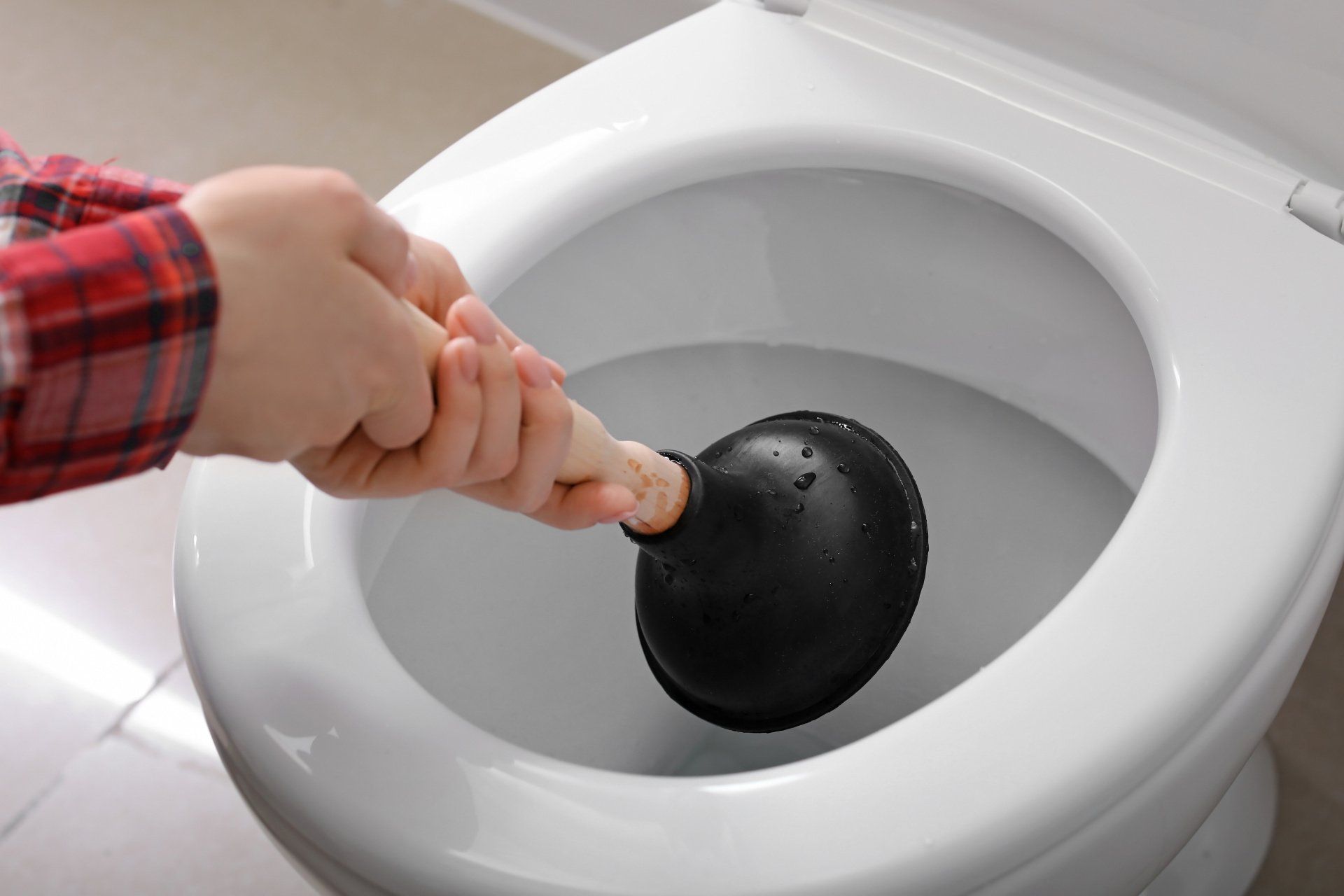
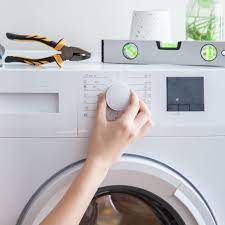
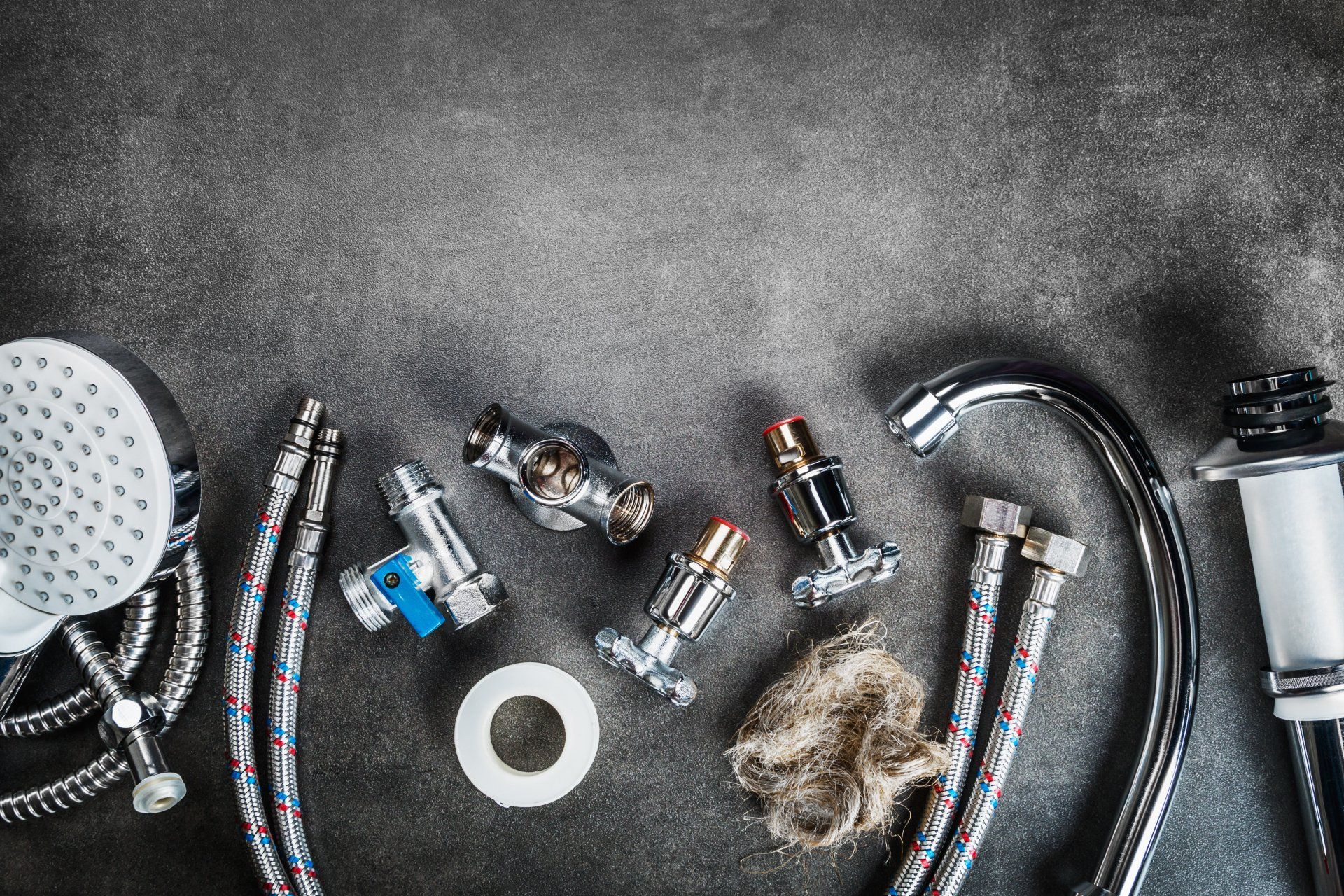
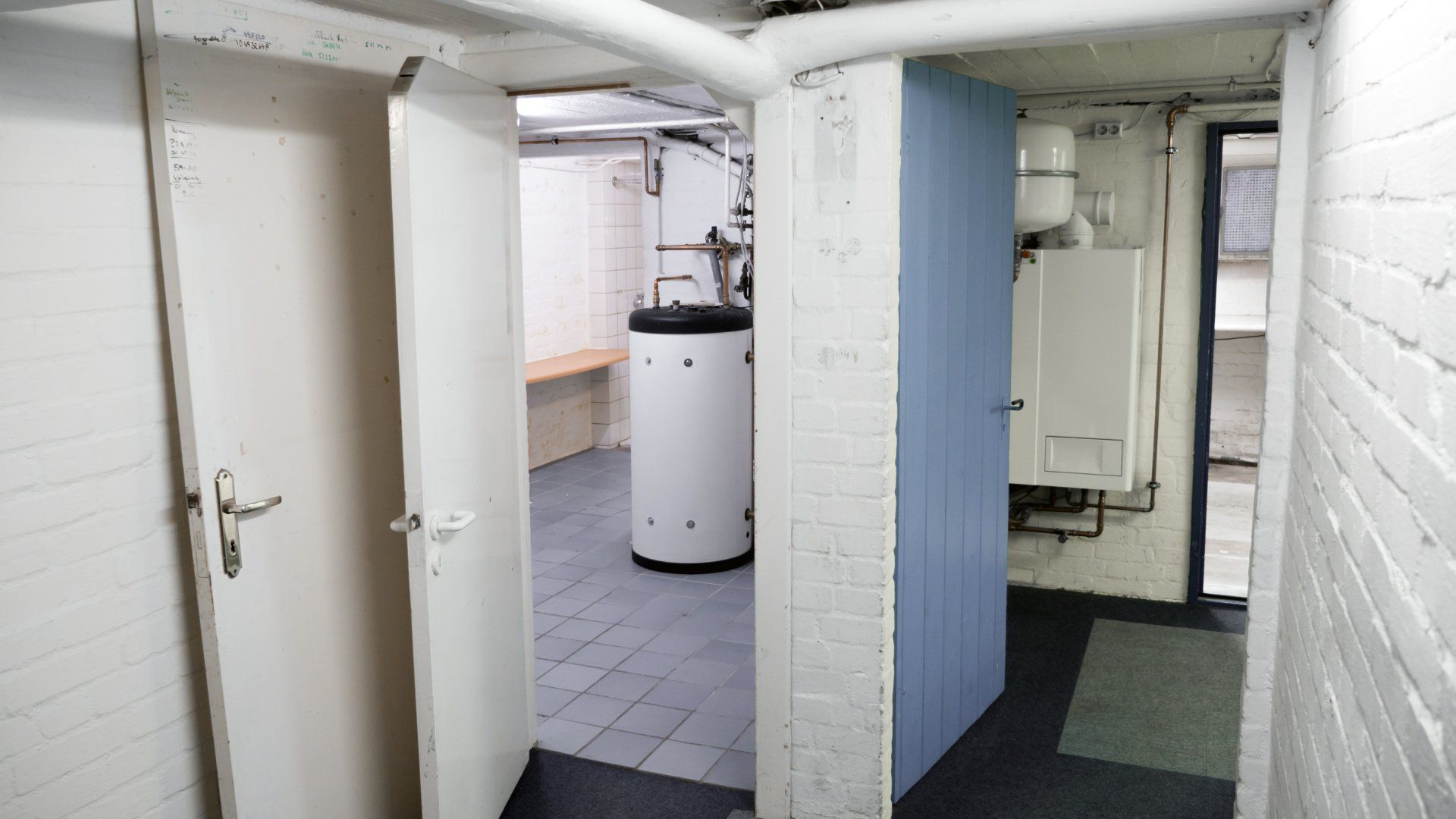
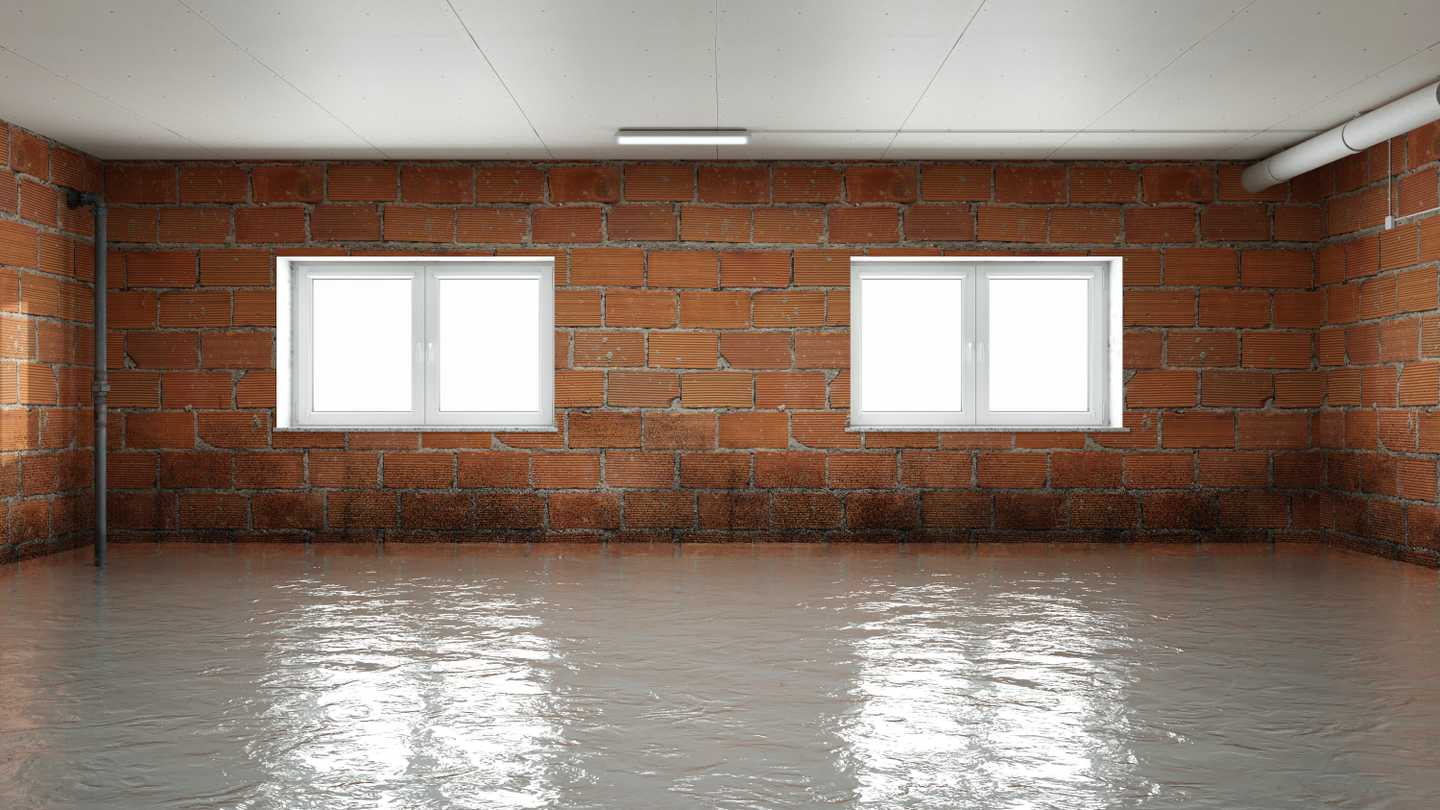



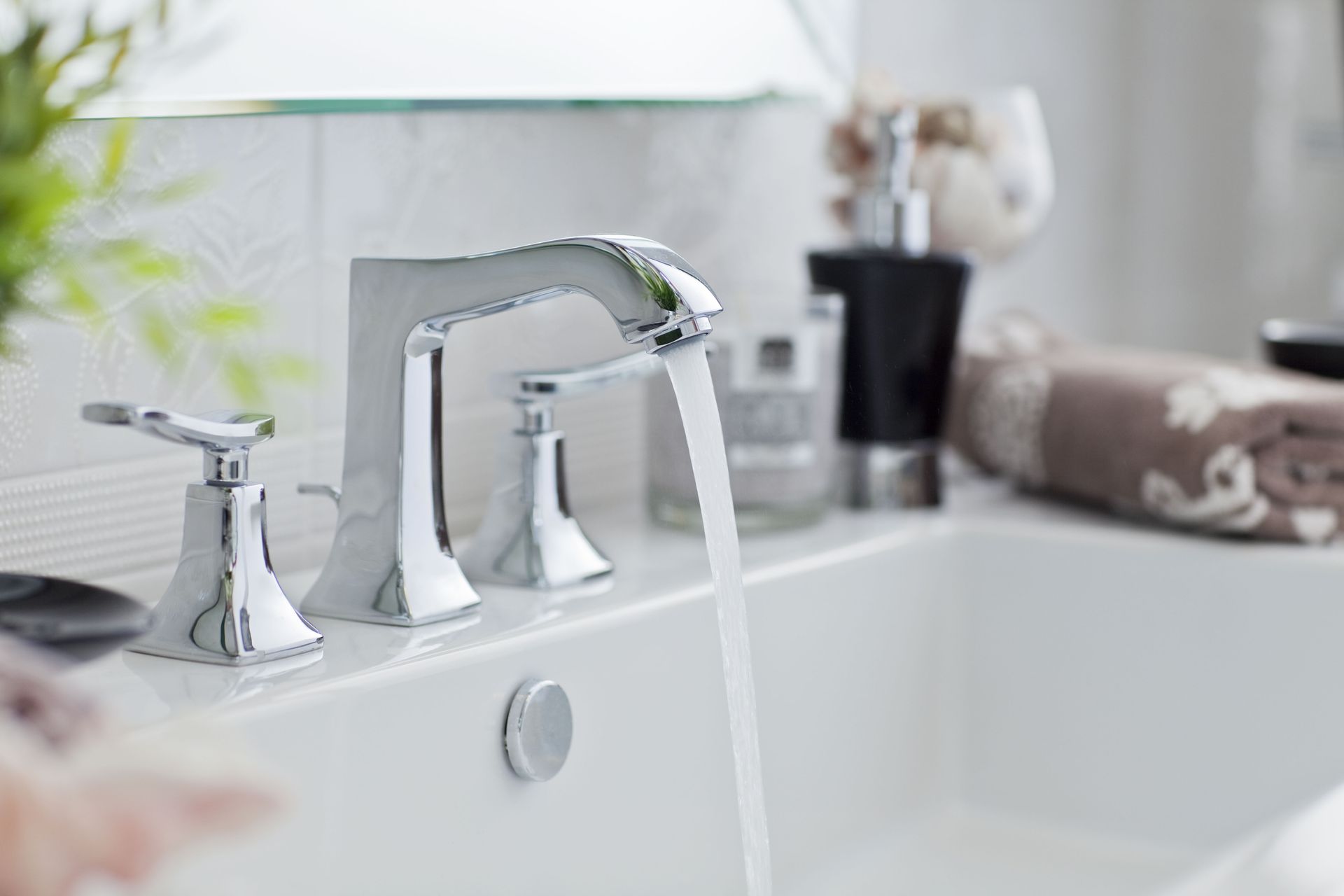
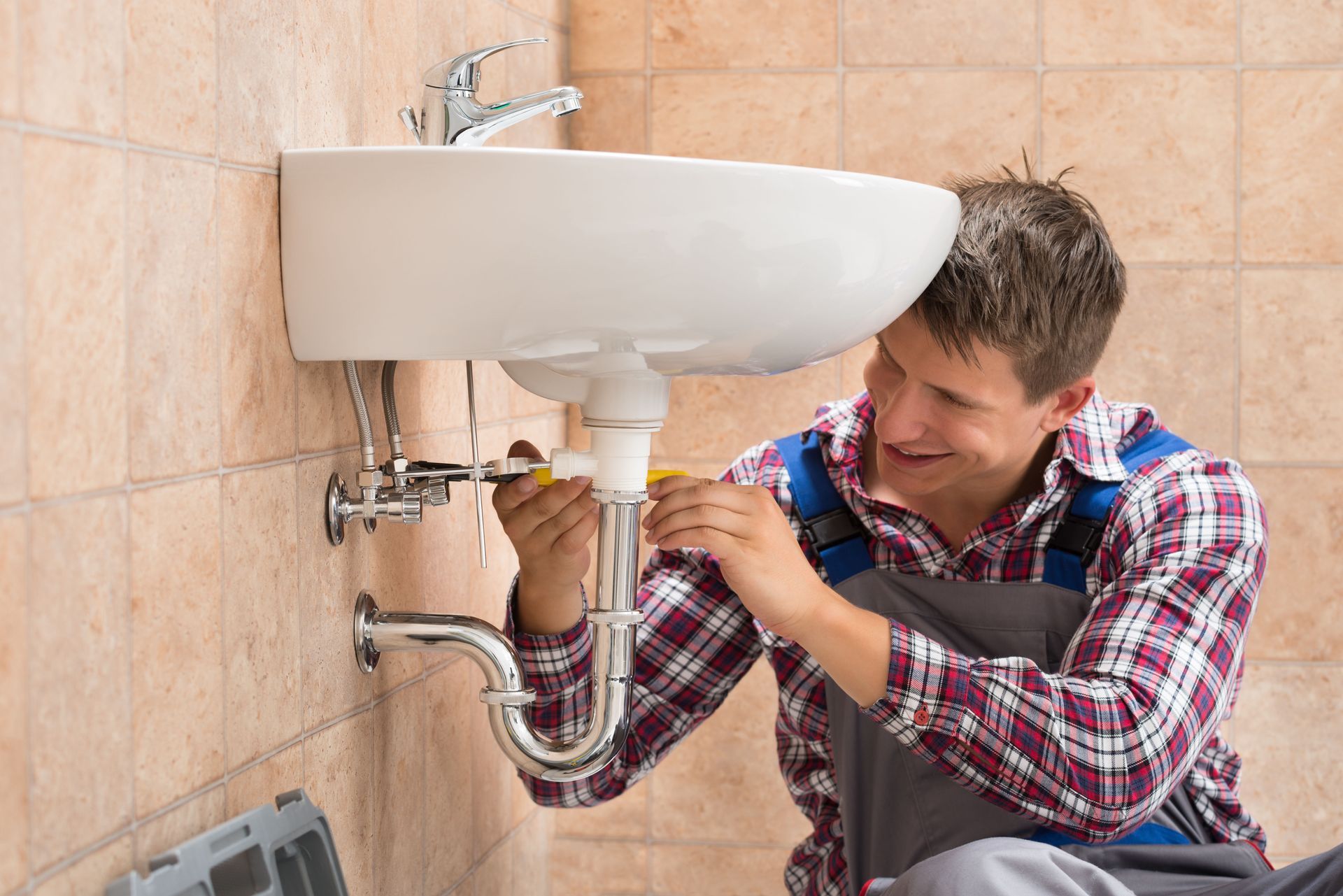
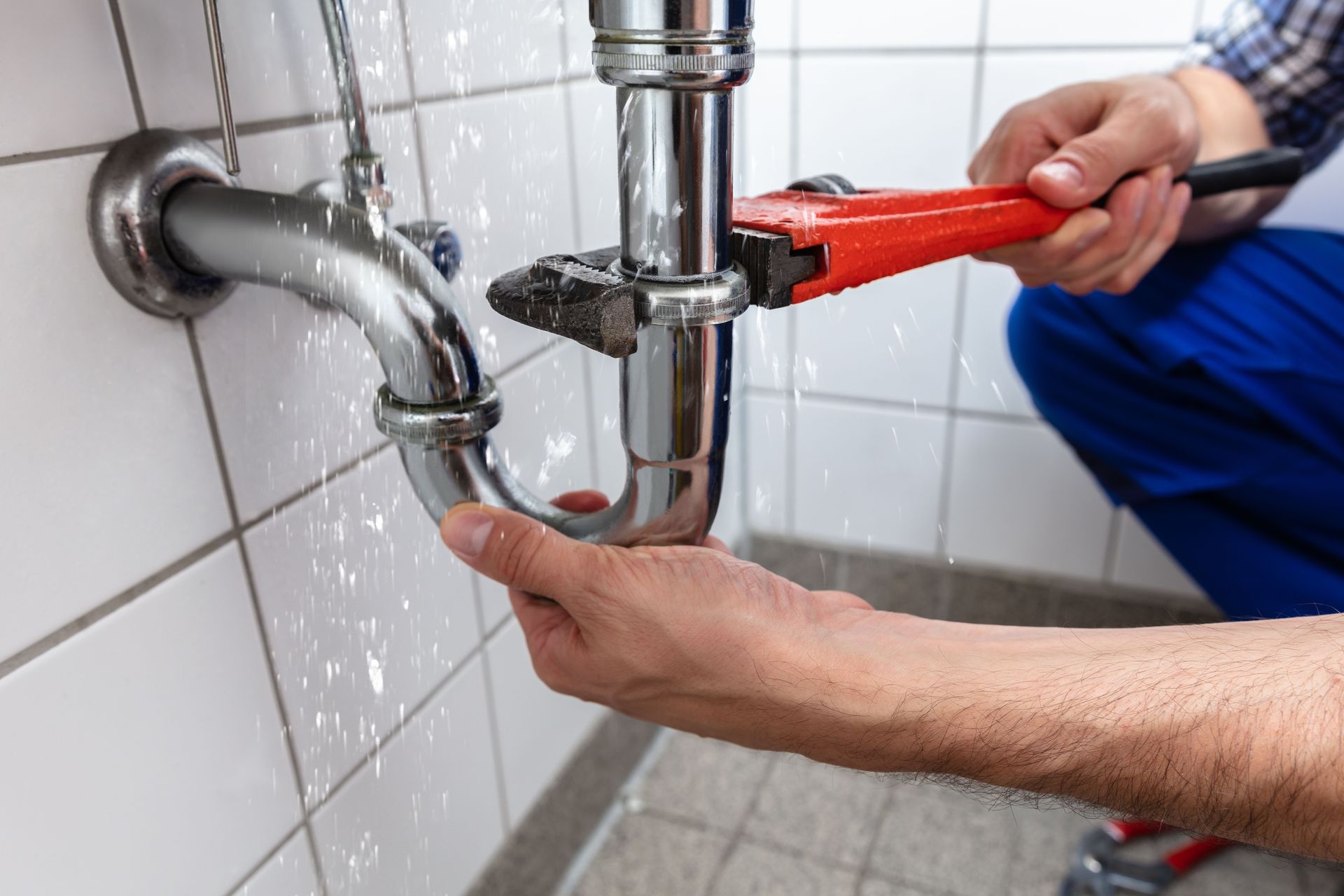
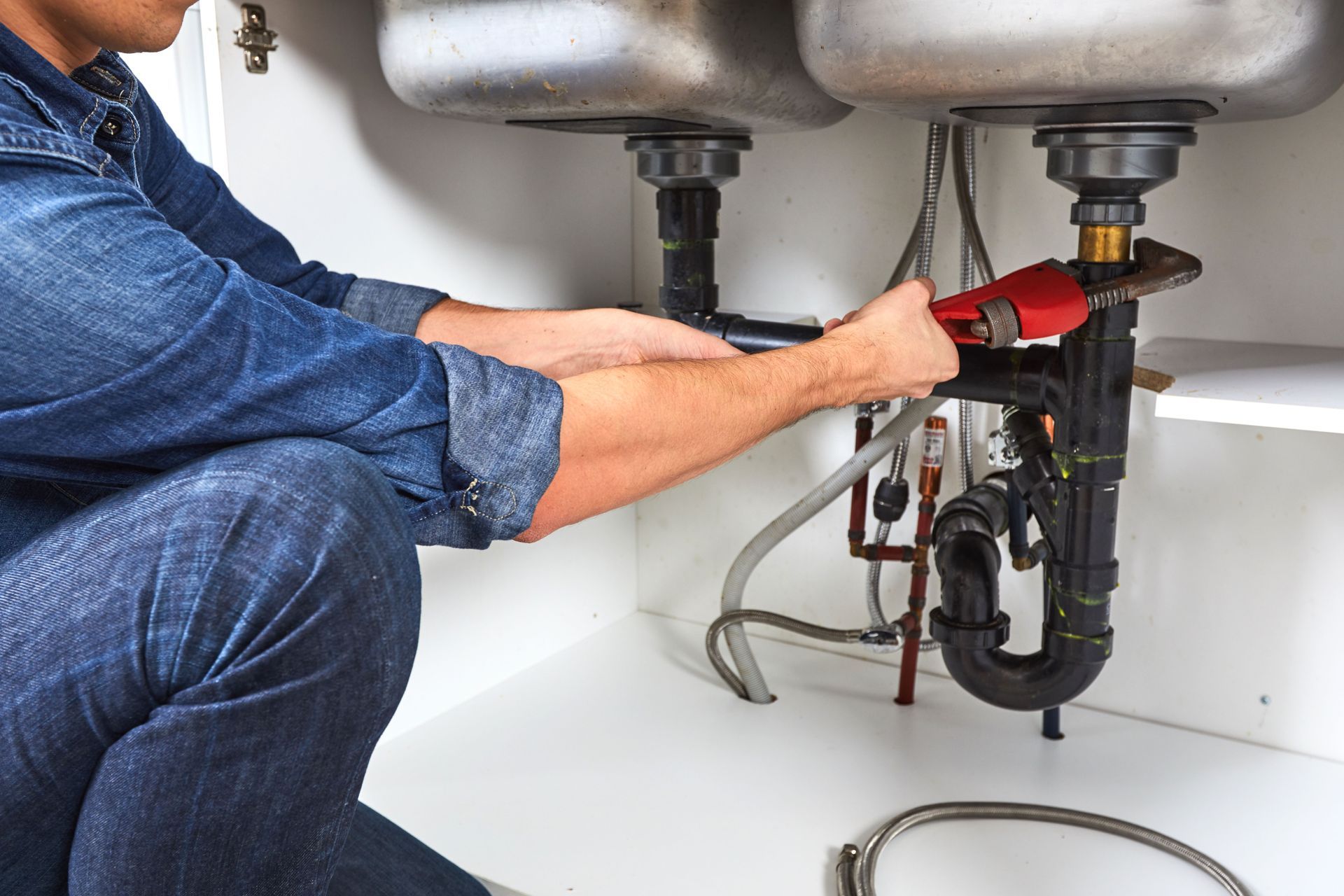
Share On: